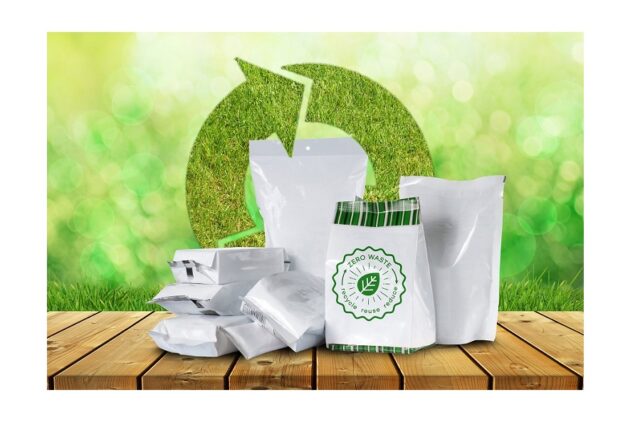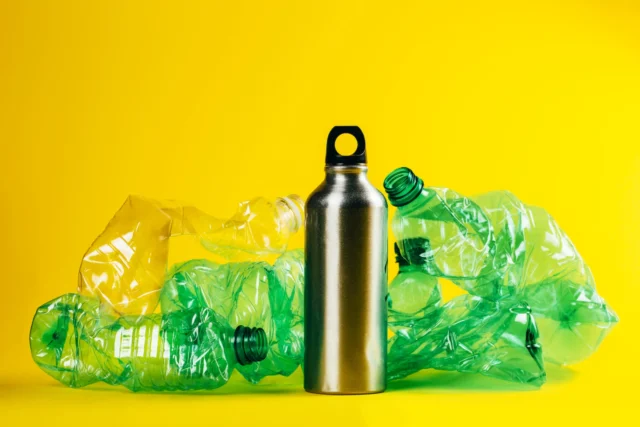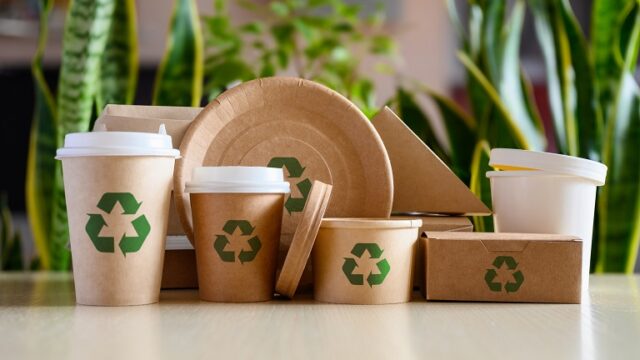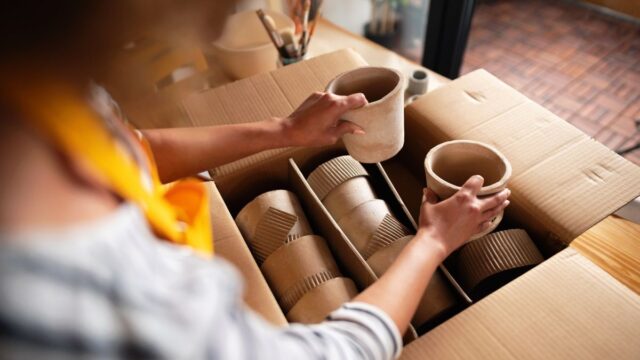
Sustainability has become more than just a buzzword in recent years; it has evolved into a global movement. As environmental concerns continue to mount, businesses are increasingly recognizing the need for sustainable practices. One area where sustainability has gained significant traction is packaging. In this article, we will delve into the world of green packaging, exploring the environmental impact of traditional packaging, the imperative for sustainable solutions, and the role of green technology in transforming the industry.
Understanding Environmental Impact
Before we delve into green packaging, it’s essential to understand the gravity of the environmental impact associated with traditional materials and practices. This industry, which is integral to modern commerce, has historically been a significant contributor to environmental degradation.
Conventional materials, such as plastic, often end up in landfills or polluting our oceans, posing a severe threat to ecosystems. Additionally, the energy-intensive manufacturing processes used for traditional wrapping have a substantial carbon footprint.
The need for change is evident as we witness the detrimental effects of these practices on our planet. It’s time to shift our focus towards sustainable alternatives.
The Need for Sustainable Solutions

The urgency to address the environmental issues associated with packaging cannot be overstated. Businesses worldwide are beginning to understand that adopting sustainable solutions is not just an ethical choice but also a strategic one.
Sustainable packaging aims to minimize the ecological footprint by reducing waste and energy consumption. It involves the use of eco-friendly materials, innovative designs, and energy-efficient manufacturing processes to create packaging that is both functional and environmentally responsible.
Green Technology in Packaging
1. Innovative Materials and Designs
Green technology in packaging encompasses a wide range of innovations. Sustainable materials are at the forefront of this revolution. Biodegradable plastics, recycled paper, and plant-based alternatives are increasingly replacing traditional materials. These eco-friendly alternatives reduce the reliance on fossil fuels and decompose naturally, leaving a minimal environmental impact.
Additionally, innovative designs are transforming the landscape. Engineers and designers are constantly exploring new ways to reduce the amount of material required for containers while maintaining their functionality. This “less is more” approach contributes to the overall reduction in waste.
2. Energy-Efficient Manufacturing Processes
The sustainability journey of packaging extends beyond just materials; it also encompasses the manufacturing processes. Companies are reevaluating their production methods to reduce their carbon footprint. This includes adopting renewable energy sources, implementing lean and efficient manufacturing practices, and optimizing supply chain logistics.
Technological advancements play a crucial role in this process. Automation and 3D printing are examples of technologies that minimize waste, increase efficiency, and reduce energy consumption in packaging production.
Benefits of Green Packaging

1. Reduced Carbon Footprint
One of the most significant benefits of green packaging is its contribution to reducing the carbon footprint. Companies that embrace eco-friendly materials and energy-efficient processes significantly decrease their greenhouse gas emissions. Our findings show that consumers are increasingly favoring products with lower carbon footprints, thereby driving demand for green solutions.
By choosing green options, businesses not only contribute to a healthier planet but also position themselves as responsible corporate citizens, appealing to environmentally conscious consumers. Green Tech Packaging is at the forefront of this movement, providing innovative solutions for sustainable and eco-friendly practices.
2. Cost Savings and Marketability
Contrary to the misconception that sustainable wrapping is costly, many businesses discover significant cost savings in the long run. While initial investments in these materials and technologies may seem higher, they often lead to reduced production costs over time.
Moreover, sustainable packaging enhances marketability. Customers are increasingly drawn to brands that demonstrate a commitment to environmental stewardship. Highlighting your choices can be a powerful marketing tool, attracting a growing consumer segment that values eco-friendliness.
Challenges and Considerations

Balancing Sustainability and Functionality
While the benefits of green packaging are evident, businesses face the challenge of balancing sustainability with functionality. It must still protect products, maintain freshness, and meet regulatory requirements. Finding the right equilibrium between eco-friendliness and practicality is an ongoing endeavor.
Incorporating sustainable materials and designs into packaging without compromising its primary functions can be challenging but not insurmountable. It often requires innovative thinking and collaboration between designers, engineers, and experts.
Adoption and Integration
Adopting green technology in packaging requires a significant shift in mindset and operations. Companies may need to invest in research and development to create sustainable alternatives and adapt their supply chains accordingly. The integration of these changes can be complex and may involve retraining employees and revisiting existing contracts and partnerships.
However, businesses that successfully navigate these challenges are poised to reap substantial rewards. The transition to sustainable solutions is not just an environmental responsibility; it’s also a strategic move that can enhance brand reputation and profitability.
Future Prospects and Recommendations

The Path Forward for Sustainable Packaging
As we look to the future, the role of green technology in packaging is set to grow even more significant. Companies will continue to innovate, developing even more sustainable materials and practices. It’s imperative for businesses to stay ahead of the curve, adapt to changing consumer preferences, and prioritize sustainability in their strategies.
The path forward also involves collaboration and knowledge-sharing among businesses. Sharing best practices and success stories can accelerate the adoption of sustainable containers across industries.
Consumer Education and Engagement
Consumer education plays a crucial role in driving the adoption of green solutions. Businesses should actively engage with their customers, sharing information about the environmental benefits of their packaging choices. This transparency builds trust and encourages more eco-conscious consumer behavior.
Ultimately, the success of sustainable packaging relies on a collective effort. Companies, consumers, and policymakers must work together to create a future where green practice is the norm rather than the exception.
In conclusion, reducing environmental impact through green technology in packaging is not just a trend; it’s a necessity. Sustainable solutions benefit both the planet and businesses, leading to reduced carbon footprints, cost savings, and increased marketability. While challenges exist, companies that prioritize sustainability are poised to lead the way toward a more eco-friendly future









